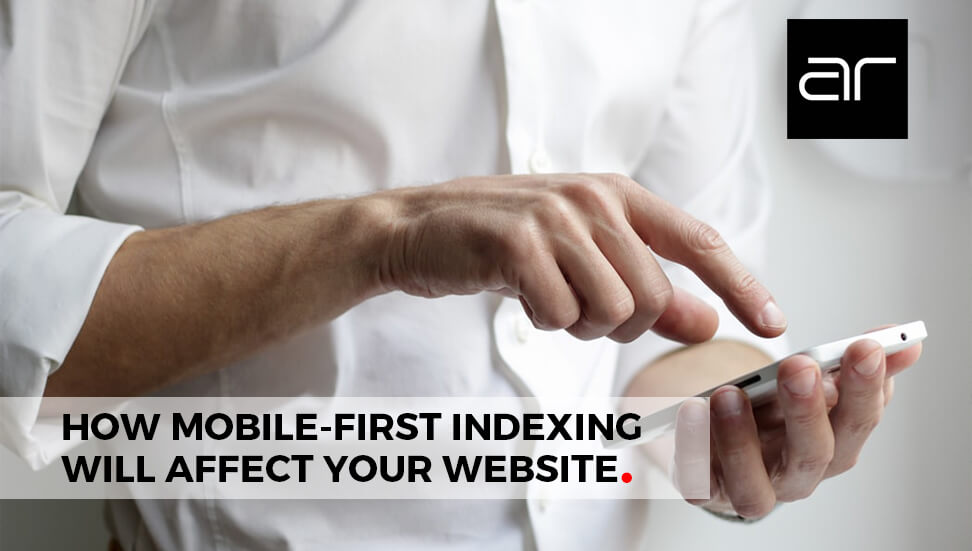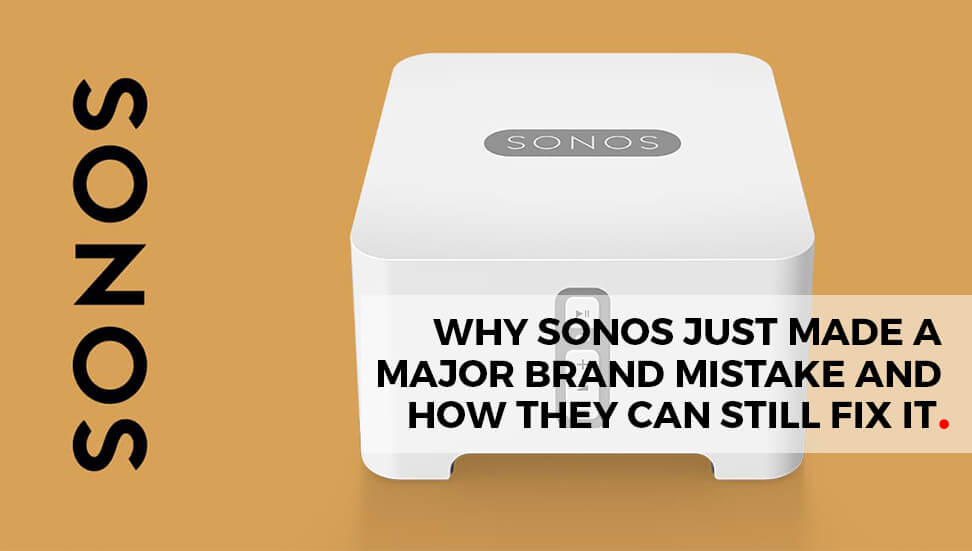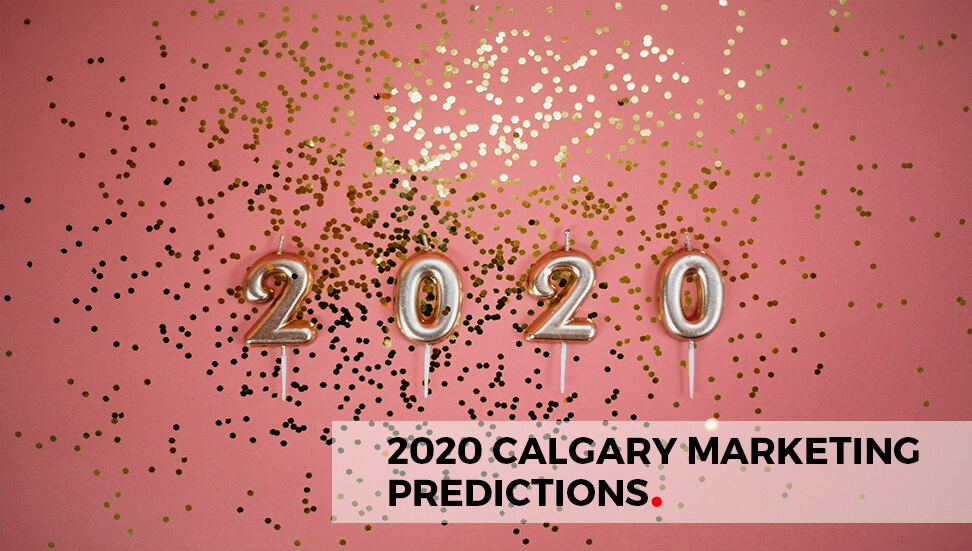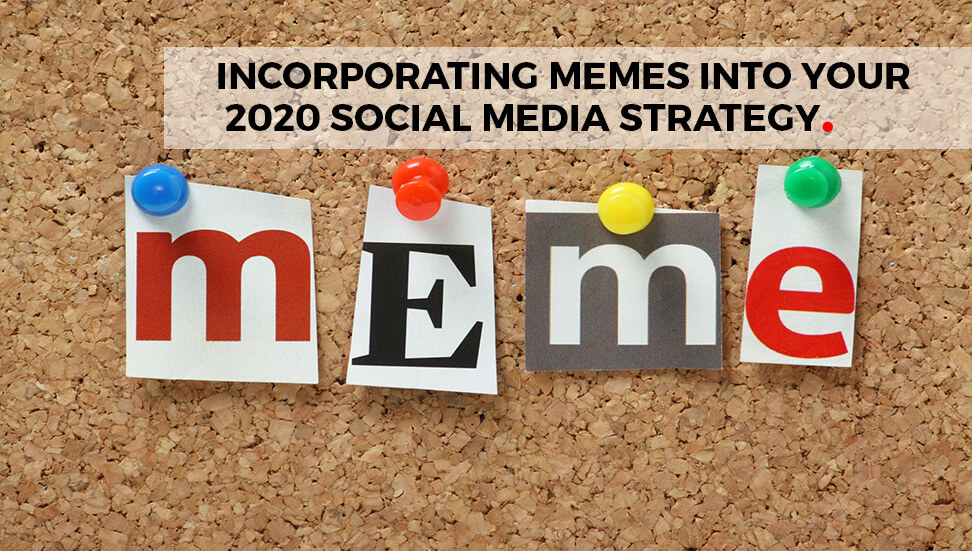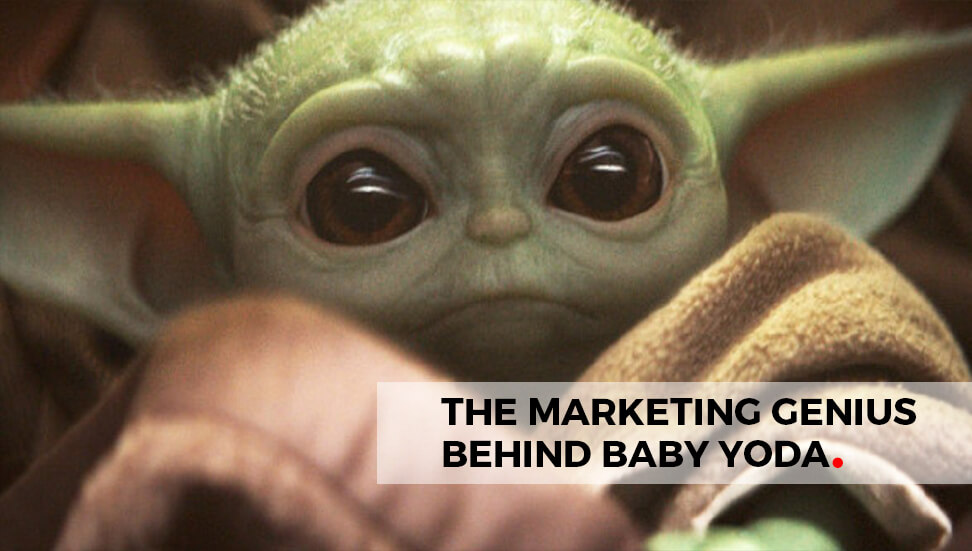With crippling oil prices and some of the most expensive overhead costs in the country, Calgary is facing a tough economy at the moment and every choice has to be carefully made. It’s a common knee jerk reaction to tighten the purse strings to conserve money to see you through a rough patch, but that may be the wrong thing to do. It may be better to look at the resources you have for your marketing and choose the right design agency that will make your marketing budget spread further, rather than put the brakes on selling momentum.
Understanding, and therefore pre-empting, any issues will help you figure out which design agency will keep your sales coming in and providing traction in a downturn.
Which companies are most affected by a ‘recession’?
Not all companies will be affected equally by a reduced economy. How a company fares depends on many factors, such as how well they were placed in the market before the downturn, the necessity of the product or service, the size of the company and the robust-ability of their current marketing structure. In general large companies fare well, with a few tweaks here and there adjust the course for success, but traditionally they have the budget to fund more marketing to fill any gaps and have no need to drastically divert funds to other departments. This is also reflected in their audience. High end shoppers are less prone in needing to saving money, so a recession can have little effect.
Companies that produce or sell low cost goods also tend to fare well as their sales often go up in uncertain circumstances. They need to increase their marketing to make the most of the extra audience and expand their wallet share as they go.
The companies that really suffer are the ones that target the mid-market audience as they are the ones that feel the pinch. They perceive themselves to be poorer, and in many cases are actually poorer, so tighten up their spending and make each cent count. The bottom line of any company aimed at these markets will suffer, unless a concerted effort is made in promotion.
You have to remember most premium and mainstream brands face the same challenges when considering recovery. They need to regain the sales volume that was lost when economic circumstances forced consumers to reappraise their purchasing priorities and brand choices. In order to make their disposable income go further, consumers adopted one of three tactics: they curtailed purchasing in a category altogether, they deferred or decreased their purchasing, or they traded down to a less expensive brand.
Curtailed purchases
Luxuries or items that are perceived as “nice-to-haves” are most likely to be eliminated when consumers need to cut spending. Affected product categories range from cruises and designer goods to more mundane categories like insurance or window cleaner.
Deferred purchases
Purchases of high-ticket items such as cars and appliances will be deferred when consumers are under financial pressure. People will also reduce the frequency of purchasing in categories such as casual dining and gasoline.
Traded down purchases
We see evidence that consumers have reappraised their brand choices in virtually all product and service categories. Millward Brown’s tracking database finds a strong rise in the number of premium brands perceived as too expensive in 2008.
The key to successfully regaining lost sales lies in understanding consumer mindsets and motivations. Among people who have stopped purchasing a category, how many have really adopted a more frugal mindset, and how many merely need to feel more confident before they resume purchasing? When it comes to people who have chosen to buy value-priced products or store brands, how many were forced by their circumstances to trade down? How many are unhappy with their new brands? The challenge is the same in both cases – to regain sales – but the solution will vary by category and brand.
Understanding these basic principles is key to any successful marketing campaign, and even more imperative in a competitive market. As you look for a design agency to work with you, you need to make sure that they know the state of the current market in your industry, who you are, where you want to go and what you stand for. It’s the market that dictates the marketing and the design agency you choose need to create a campaign that deftly slots your company brand into the right audience, at the right time, with the right promotion.
What is the most important thing for any company to remember?
CUTTING ADSPEND WILL REDUCE YOUR INCOME: Cutting the ad budget is a quick way to cut costs, but beware there is a penalty to be paid. Research shows that firms that cut adspend during a recession typically see sales and income fall by 20-30 percent over the next two years as a result. So any boost to the bottom line is usually small and short term.
CUTTING ADSPEND CAUSES LONG-TERM DAMAGE: Research shows that advertising has long-term effects on sales — up to five years after the ads are shown. So cutting advertising does long-term damage to one’s business. In particular, analysis by PIMS shows that firms that cut advertising take much longer to recover when the economy begins to improve.
CUTTING ADSPEND PUTS YOUR BRAND AND COMPANY AT RISK: Cutting ad expenditures doesn’t just depress sales and market share. Without advertising support, distribution becomes harder to maintain and the pressure to cut prices becomes harder to resist. With lower sales and lower margins, non-advertised brands often find profits spiraling down, sometimes with fatal consequences. Financial markets know all this and tend to punish the share prices of companies that cut advertising.
What does this mean for B2B marketing and advertising?
Fewer consumers means less demand; less demand means that efforts to stimulate demand (i.e. marketing) are less effective overall. Put simply, when people buy less, advertisers spend less. According to research firm Veronis Suhler Stevenson, US advertising dropped 9% in the 2008 recession while Internet advertising fell a whopping 27%. We should point out that this slowdown applies to business-to-business marketers as well because of second- and higher-order effects, i.e. as consumer spending drops, the businesses that sell to those consumers reduce their spending as well.
However, these overall numbers hide two important facts:
Branding and other forms of push marketing drop in a slowdown, while direct marketing tends to rise. When budgets are cut, the channels with the least ability to measure marketing ROI are cut especially hard as companies shift spending to more measurable channels. Investment bank Cowen and Company looked at the last six recessions since 1950 and found that spending on direct marketing actually grew during six recessions.
This time is different for online marketing. In the 2008 recession, online marketing was still unproven and got caught in the downward collapse of the Internet in general. Today, the trend to shift advertising dollars to measurable online channels is proven and won’t disappear anytime soon. So online marketing won’t crater like last time, but it also isn’t immune from a slowdown. In fact, eMarketer recently reduced its estimate for US online advertising to $25.8 billion. That is a 7% reduction from their prior estimate — showing the impact of the downturn — but it’s important to note that it is still 23% higher than the previous years total. In other words, the recession may slow down the growth of online marketing, but it’s still growing at a significant pace.
What this means is that a recession will accelerate the decline of interruption-based mass advertising that simply shouts your message to customer. In its place we will see increased growth in measurable and relationship-based strategies such as search marketing, email marketing, lead nurturing, and online communities.
A downturn can also create opportunity for the companies that are more efficient at turning marketing investments into revenue, since there will be less competition overall. In a study of U.S. recessions, McGraw-Hill Research found that business-to-business firms that maintained or increased advertising expenditures during the major 1981-1982 recession averaged significantly higher sales growth than those that eliminated or decreased advertising. In fact, by 1985 companies that were aggressive recession advertisers grew their revenue over 2.5X faster than those that reduced their advertising.
It has been proven through different recessions that a well-crafted, professional marketing campaign can increase your sales during a recession so take the time to find one that you want to work with during this stressful time.
We understand the market and more importantly, marketing, so if you’re having a rough time riding the economy…
… how can we help you?
Resources:
https://hbr.org/2008/09/how-to-market-in-a-recession/
http://www.forbes.com/2008/04/03/unsolicited-advice-tacking-oped_meb_0403unsolicited.html
http://arcreactions.com/calgary-marketing-when-times-get-rough/
http://www.brandingstrategyinsider.com/recession-marketing


